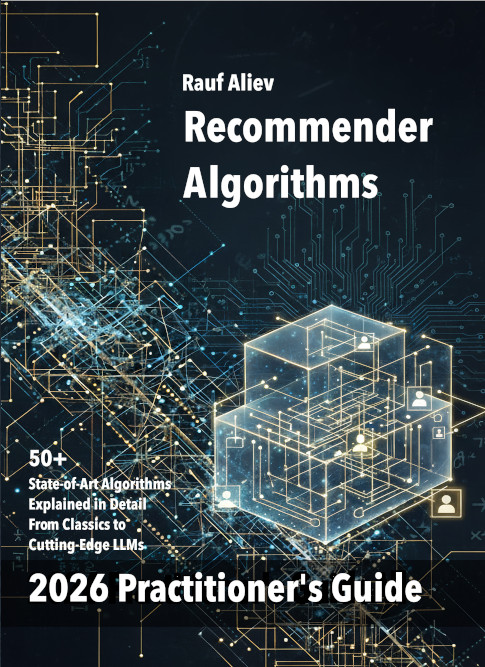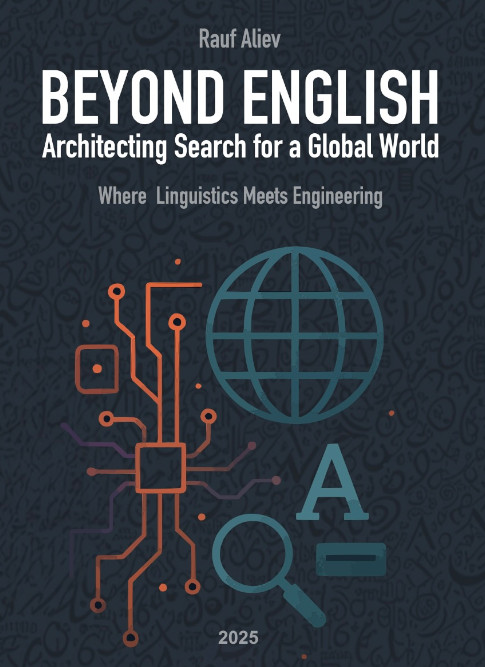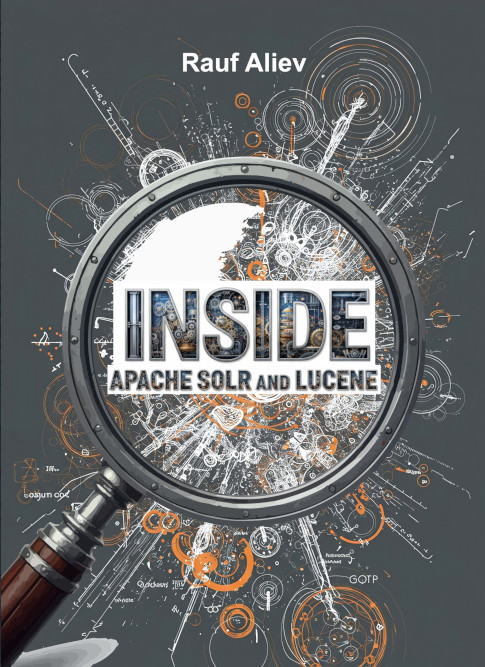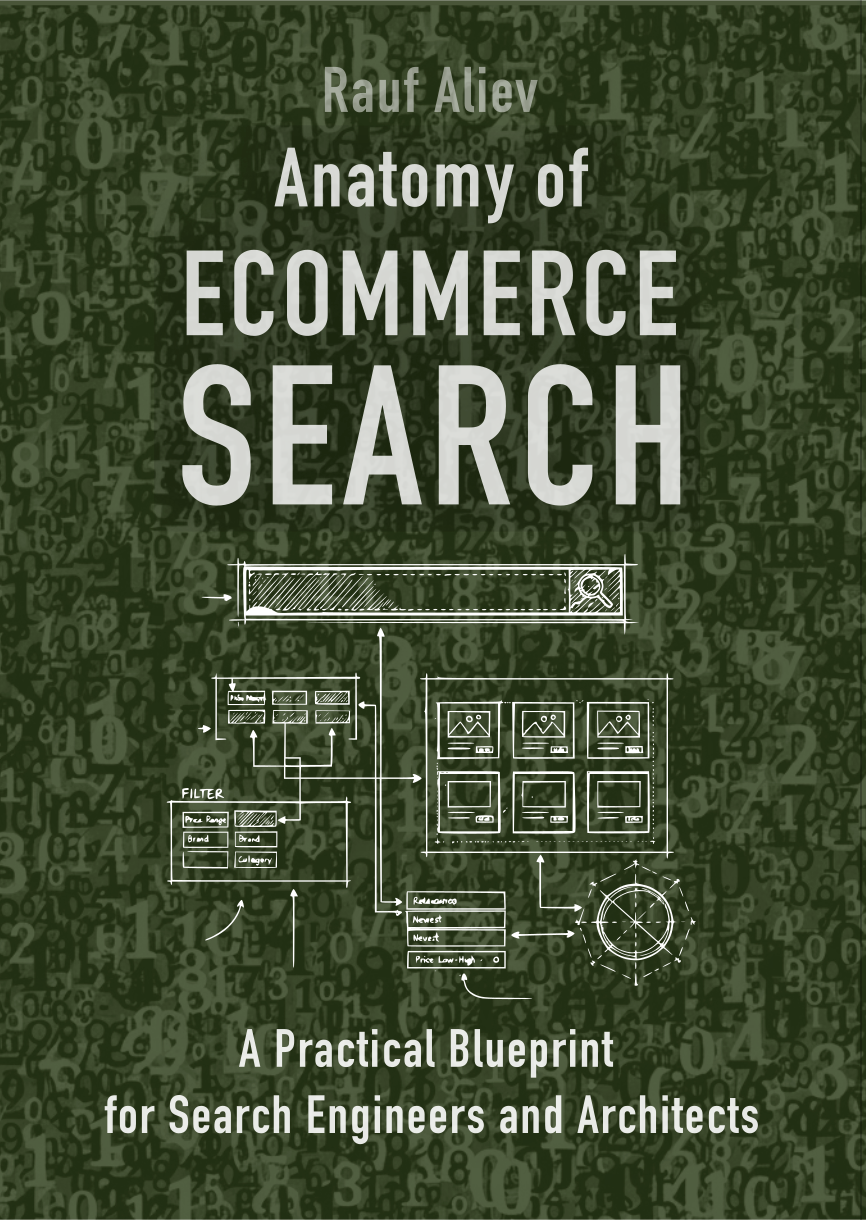
Where to Buy
Amazon USAmazon UK
Amazon DE
Amazon IT
Amazon ES
Amazon PL
Amazon CA
Amazon AU
Amazon India
Barnes & Noble
Read Sample (PDF)
Pay for the PDF and I'll send it to you by e-mail: FOR CARD PAYMENTS, PLEASE SEND ME A MESSAGE AS WELL. PAYPAL MAY NOTIFY ME OF THE PAYMENT WITH SOME DELAY.
Recommender Algorithms in 2026: A Practitioner's Guide
Rauf Aliev
This book serves as an essential practitioner's guide to the world of recommender algorithms as it stands in early 2026. We begin with the indispensable baselines—from classic neighborhood models to powerful matrix factorization—and build toward the sophisticated deep learning architectures that power today's largest platforms, including hybrids for CTR prediction and state-of-the-art sequential models.
A core theme of this guide is the practical integration of the latest technological breakthroughs. We dedicate significant attention to the transformative impact of Large Language Models (LLMs), offering architectural blueprints for leveraging them as powerful semantic feature extractors, building reliable Retrieval-Augmented Generation (RAG) pipelines, and designing the next wave of generative and conversational recommender agents. Furthermore, we explore the critical role of multimodal models like CLIP for solving visual cold-start problems and provide insights into specialized areas like debiasing and fairness.
This is more than a survey; it is a toolkit for the modern engineer. Each section balances conceptual depth with pragmatic advice on implementation, scalability, and production readiness, making it the definitive resource for professionals tasked with creating value through personalization.
Companion Open-Source App - See the code and contribute on GitHub.
Explore these algorithms live. This book includes a hands-on Streamlit app to visualize and compare over 20 models discussed in the book.
Table of Contents
- Abstract
- Introduction
- Structure and Prerequisites
-
1. Foundational and Heuristic-Driven Algorithms
-
1.1. Content-Based Filtering
- 1.1.1. The Vector Space Model (VSM): A Foundational Framework
- 1.1.2. TF-IDF: A Classic VSM Weighting Scheme
- 1.1.3. Embedding-based Similarity: A Latent Approach to VSM
- 1.1.4. Limitations of Content-Based Filtering
- 1.1.5. Alternative Word2Vec Architecture: CBOW
- 1.1.6. Handling Rare and Unknown Features: Subword Embeddings (FastText)
- 1.2. Rule-Based and Heuristic Systems
-
1.1. Content-Based Filtering
-
2. Interaction-Driven Recommendation Algorithms
- 2.1. Core Properties of Recommendation Data
- 2.2. Recommendation Tasks
- 2.3. Classic & Neighborhood-Based Models
-
2.4. Latent Factor Models (Matrix Factorization)
- 2.4.1. Classic Singular Value Decomposition (SVD)
- 2.4.2. FunkSVD (Biased Matrix Factorization)
- 2.4.3. Probabilistic Matrix Factorization (PMF)
- 2.4.4. Weighted Regularized Matrix Factorization (WRMF)
- 2.4.5. Pairwise Ranking Objective: BPR (Bayesian Personalized Ranking)
- 2.4.6. SVD++
- 2.4.7. TimeSVD++ (Time-aware SVD++)
- 2.4.8. Item-based Latent Models: SLIM & FISM
- 2.4.9. Non-Negative Matrix Factorization (NonNegMF)
- 2.4.10. Collaborative Metric Learning (CML)
- 2.5. Deep Learning Hybrids & Representation Learning
- 2.6. Sequential & Session-Based Models
- 3. Context-Aware Recommendation Algorithms
- 4. Text-Driven Recommendation Algorithms
- 5. Multimodal Recommendation Algorithms
- 6. Knowledge-Aware Recommendation Algorithms
- 7. Specialized Recommendation Tasks
- 8. New Algorithmic Paradigms in Recommender Systems
- 9. Evaluating Recommender Systems
- Conclusion






